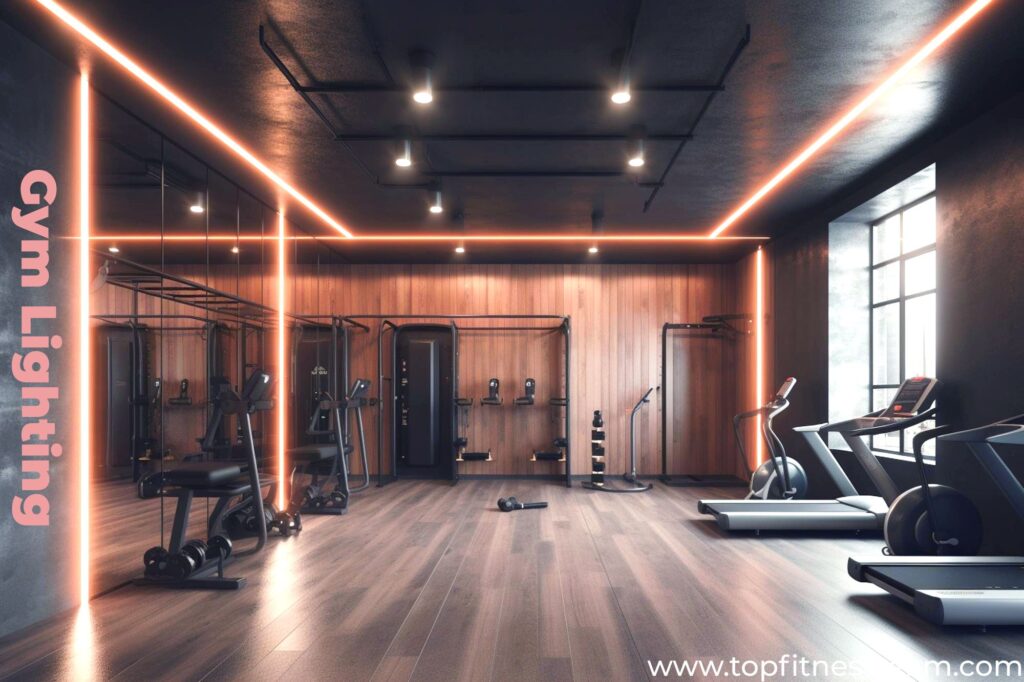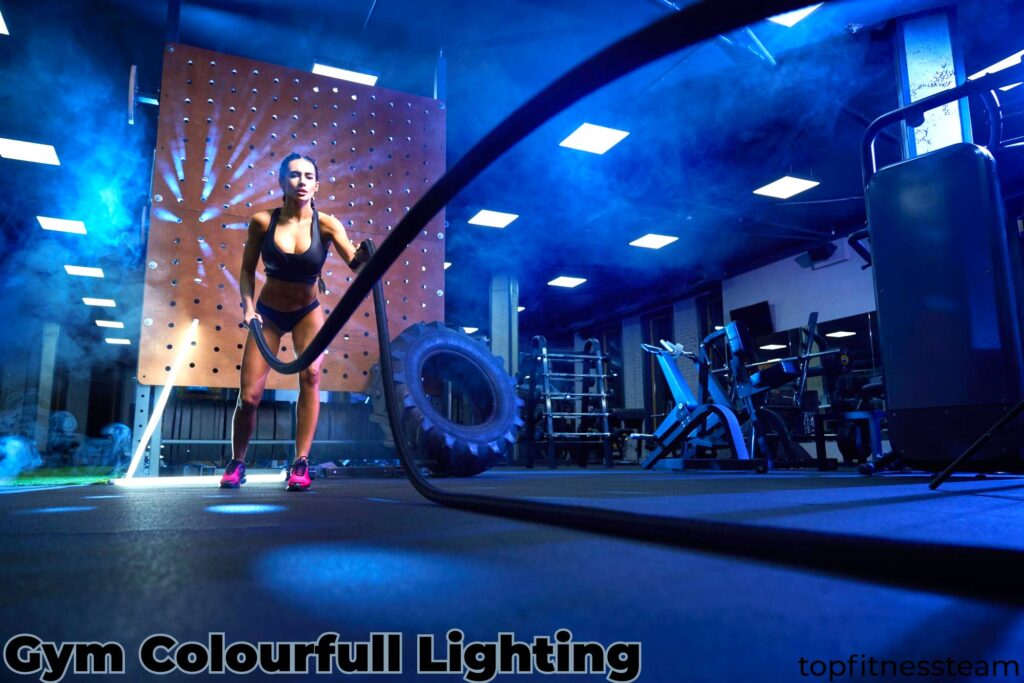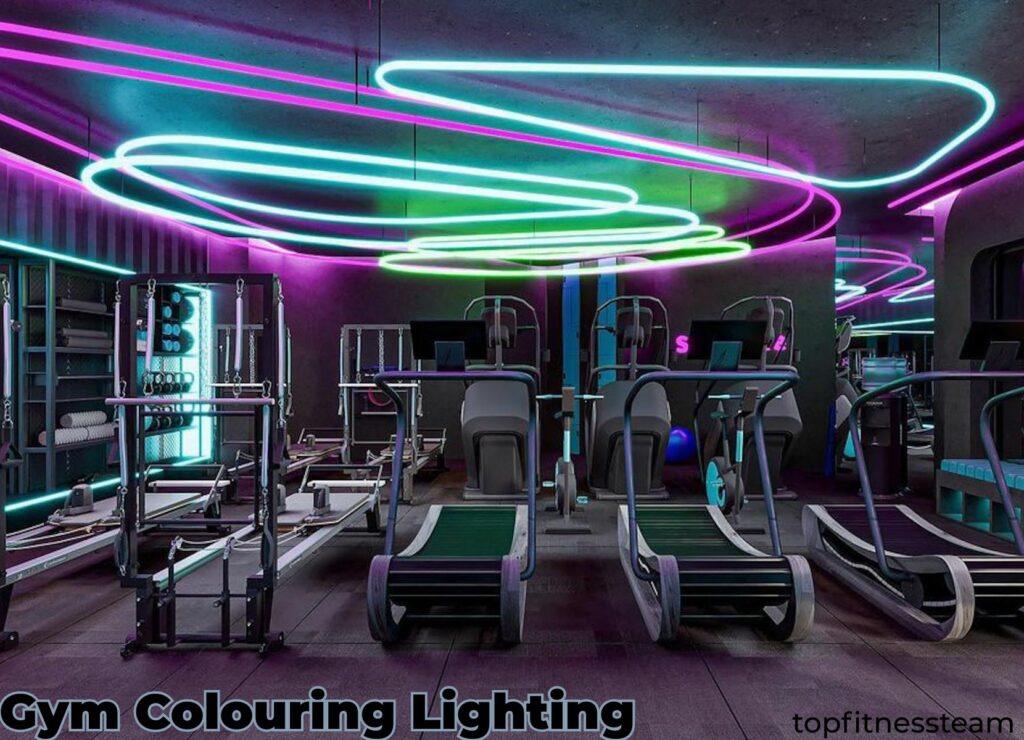Introduction
When creating an ideal workout environment in your gym, the significance of gym lighting cannot be overstated.
Proper lighting not only improves the aesthetics of the space but also plays a crucial role in the functionality and energy efficiency of the facility.
In this complete guide, we will delve into the various parts of gym light, from types of lighting fixtures to factors to consider when choosing the proper lighting for your gym.
Types of Gyms Lighting
Natural Lighting
Natural light is a valuable asset in any gym. It reduces the need for artificial lighting during daylight hours and provides a fresh and invigorating atmosphere.
Maximizing natural light involves thoughtful architectural design with large windows, skylights, and open spaces that allow sunlight to flood the gym.
It reduces energy consumption and creates a more pleasant workout environment.
Artificial Lighting
Fluorescent Lighting
Fluorescent lights have been a common choice in gyms for many years. They provide bright, uniform illumination and are cost-effective. Yet, there are more energy-efficient options open.
LED Lighting:
LED gymnasium lighting is a game-changer in the fitness industry. These high-quality fixtures offer excellent energy savings and can last up to 50,000 hours, significantly reducing maintenance costs. They also emit bright, uniform light that improves visibility and safety.
High-Intensity Discharge (HID) Lighting:
HID lighting is known for its high-intensity output. Yet, it tends to be less energy-efficient than LED lights and can have a longer warm-up time.
Do the gyms have colorful lights?
Yes, many gyms include colorful lights in their design and ambiance. These vibrant lights often create an active and motivating atmosphere for gym-goers.
They can be found in various forms, from LED strips lining the walls to dynamic lighting systems that sync with the rhythm of the music during group fitness classes.
The use of colorful lights adds a visually exciting element to the gym. It contributes to the overall fitness experience, helping people stay motivated and engaged during their workouts.
Combination of Natural and Artificial Lighting
The perfect lighting often affects a balanced blend of natural and artificial light. Gaining this balance ensures your gym remains well-lit even when natural light is limited.
Dimming options can be combined into the lighting system to adjust to different workout settings, creating a universal and dynamic environment.
Factors to Consider When Choosing Gym Lighting
Brightness Levels
The proper light levels in different areas of your gym are essential for functionality and user comfort.
For instance, weightlifting areas benefit from higher light levels to provide safety.
At the same time, yoga or relaxation spaces require softer, mood-enhancing lighting.
Color Temperature
The color temperature of lighting can profoundly impact mood and energy levels.
Warm lighting creates a cozy and inviting atmosphere, while great lighting can boost attention and productivity.
The choice depends on the atmosphere you want to complete in specific gym areas.
Energy Efficiency
Energy-efficient LED lighting is environmentally friendly and cost-effective in the long run.
LED lights use less energy, generate less heat, and have a longer lifespan than traditional lighting fixtures.
Maintenance & Durability
High-quality lighting fixtures should be durable and require minimal maintenance. With their long lifespan, LED lights are a prime example of low-maintenance lighting options.
It reduces rest and ensures that your gym remains well-lit consistently.
Lighting Design Tips for Different Gym Areas
Cardio Area
In the cardio area, controlling glare on screens is crucial for a seamless workout experience.
Proper lighting can also create an energizing atmosphere that motivates gym-goers to push their limits.
Weightlifting Area
Reducing shadows on lifting platforms and highlighting safety through well-distributed lighting is essential in weightlifting areas.
Bright, even lighting helps athletes maintain proper form and minimize the risk of injury.
Group Fitness &Yoga Studios
Controlling lighting in group fitness and yoga studios allows instructors to adjust the air to various classes.
Dimmable LED lights, for instance, can help create a relaxing environment for yoga sessions and an active one for high-intensity types.
Locker Rooms & Changing Areas
In these spaces, proper lighting for grooming is essential. Good lighting allows gym-goers to prepare and dress comfortably.
Privacy and comfort should also be considered when designing lighting for these areas.
Human-Centric Lighting
Human-centric lighting is a concept that takes into account the impact of lighting on human well-being.
Implementing such lighting in your gym can improve the overall experience of your members.
Human-centric lighting systems adjust the color temperature and intensity of light throughout the day to mimic natural light patterns, promoting attention during workouts and relaxation during cool-down sessions.
Smart Lighting Solutions
Modern gyms can benefit significantly from intelligent lighting solutions.
These systems offer features like automated lighting control, occupancy sensors, and even smartphone apps for members to adjust lighting settings according to their importance.
Bright LED lighting adds comfort and contributes to energy efficiency.
Case Studies
Let’s look at some real-world models to understand the impact of lighting better. These gyms have supported high-quality lighting systems that control member experience.
Maintenance & Upkeep
Regular maintenance is essential to keep your gym well-lit and energy-efficient.
LED lighting, while long-lasting, may need occasional cleaning to maintain optimal performance. Knowing when and how to upgrade your lighting system can enhance your gym’s lighting quality.
My Final Thoughts
Gym lighting is critical to creating the perfect workout environment.
LED gym lighting, with its energy efficiency, durability, and high-quality definition, is an excellent choice for gym owners looking to provide a top-notch experience for their members.
By carefully weighing factors like light levels, color temperature, and lighting design, you can transform your gym into a space that motivates and energizes those who enter.
Proper lighting improves aesthetics and contributes to energy savings and a more sustainable future.
Analyze our blog for more information on gym lighting solutions and related topics. You can also check out the [Top Best 20 Gyms With Pools, Saunas, & Steam Room], [What is a Big Box Gym?], and [Top Best Gyms With Punching Bags] for more fitness-related content and advice.
FAQs
Q: What is the best lighting for a gym?
Ans: Bright, even LED lighting is suggested for gyms.
Q: What does gym lighting refer to?
Ans: Gyms lighting refers to the definition used in fitness facilities to ensure a well-lit and safe environment for exercise.
Q: Why is improved gym lighting necessary?
Ans: Improved gym lighting, with brightness, consistency, and reduced glare, improves exercise precision and reduces the risk of accidents.
Q: Can gym lighting brighten your skin?
Ans: Gym lighting may temporarily improve your skin’s build, but lasting skin tone or texture changes require a healthy lifestyle and skincare routines.
Q: What color LED for the gym?
Ans: A gym’s LED color depends on the chosen atmosphere. Cool white for energy, neutral white for balance, warm white for relaxation, and colored LEDs for specific mood enhancement.
Thanks.


